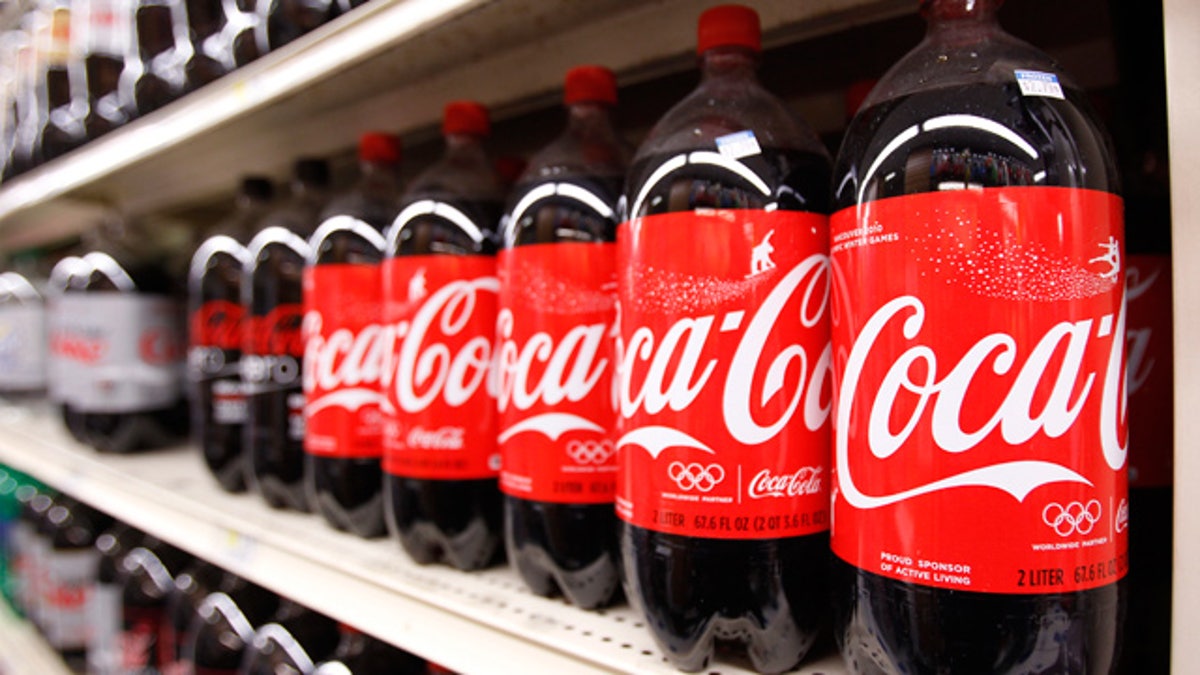
(Reuters)
Kids down a similar amount of soda and other sugary drinks whether or not their schools ban the beverages, suggests a new study.
Among eighth graders, state bans on all sugar-sweetened drinks in schools meant fewer kids reported buying the drinks there—but it didn't change how many of them said they drank soda or sports drinks regularly.
That example and others raise the question of how much of a difference school bans can make if kids just get the high-calorie drinks elsewhere, researchers said.
"The more comprehensive laws, they accomplish their goal in that they're designed to get these sweetened beverages out of schools," said Daniel Taber, from the University of Illinois at Chicago.
"It suggests there have been positive changes to the school food environment overall, that schools are healthier," added Taber, who worked on the study.
"I wouldn't see this as a failure, it's just that that's not going to be enough. To reduce sweetened beverage consumption, and ultimately to reduce obesity, it's going to take more comprehensive policy initiatives."
Those policy changes might include increased taxes on sugar-sweetened drinks or restrictions on sports drink and soda marketing to kids, he told Reuters Health.
Taber and his colleagues surveyed 6,900 fifth- and eighth-grade public school students in 40 states, including states that had a full ban on all sugar-sweetened drink sales in schools, states that banned only soda from being sold and states with no sugary drink regulations.
Soda-only bans had no effect on whether kids said they had access to or bought sugary drinks in schools. And in states with no ban or limited bans, beverage buying increased between the fifth and eighth grades—more than doubling in some states.
About 26 to 29 percent of eighth graders said they had bought the drinks at school within the last week.
When states banned all sugary drinks, including sports drinks and non-100 percent juice, however, fewer kids said they had access to any of the drinks or purchased them in school.
But regardless of policy in their states, about 85 percent of eighth graders said they drank a sugary beverage at least once in the last week, and between one-quarter and one-third were drinking them daily, the researchers reported in the Archives of Pediatrics and Adolescent Medicine.
"Home consumption is still the majority of children's and adolescents' intake," said Dr. Y. Claire Wang, who has studied sugary drink consumption at Columbia University's Mailman School of Public Health in New York.
"Although school ground has always been the policy target... it is harder for the home environment to be addressed," she told Reuters Health.
The school bans are "a good start," said Dr. Vasanti Malik, a nutritionist at the Harvard School of Public Health in Boston.
"You want that environment to be sending the right message," she added.
Malik agreed with Taber that extra taxes, limits on advertising to kids and anti-soft drink media campaigns might help the effects of school bans trickle down into kids' homes—and begin to chip away at obesity rates.
"There are a number of factors that increase the risk of obesity, but sugar-sweetened beverages are one that sort of stands out, because they're consumed in large amounts, particularly in children," said Malik, who wasn't involved in the new study.
She pointed to dental problems and diabetes as two other issues that are closely linked to too much sugar.
"We're starting to see type 2 diabetes emerge in adolescents, and this has been unheard of in decades past," Malik told Reuters Health.
"Kids drink a lot of these empty calories, and they do so without reducing other intake," such as snack food, added Wang, who also didn't participate in the research. "The consumption of sugary drinks is one of the driving forces of excess intake in kids in America."
